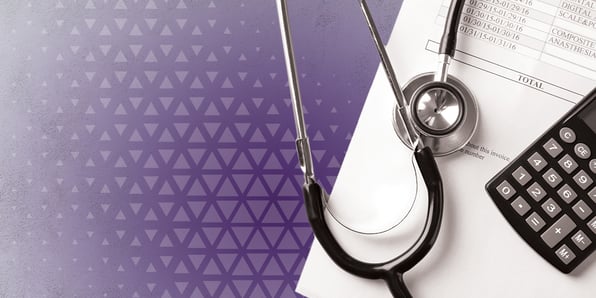The healthcare industry is continuously evolving, and keeping any healthcare institution financially afloat is very important. But how can healthcare providers make sure that the money they earn from the services they provide is collected? This can be done by tracking the right Key Performance Indicators (KPIs) for their revenue cycle. These KPIs are like vital signs for your healthcare finances. They show you how well your institutions are doing and where you can improve.
Let’s take you through some of the most important healthcare revenue cycle KPIs your institution should track to maintain financial health.
1. Days in Accounts Receivable (AR)
This is simply the average number of days it takes for your healthcare organisation to receive payment after you’ve billed for your services. The shorter the wait for each payment, the better it is for your finances. Monitoring this helps you understand how quickly your practice is turning services into cash.
Importance:
A high number of days in AR can signal problems or inefficiencies, directly affecting the cash flow. This makes it harder to manage expenses or invest in improvements.
2. Clean Claim Rate
This measures how many of your claims to insurance companies are accepted without any errors on the first try. Think of it as submitting a test and getting full marks on the first go. The higher your clean claim rate, the fewer headaches you’ll have with resubmissions.
Importance
A high clean claim rate means your team is doing a great job with accurate patient data, coding, and documentation. It reduces the back-and-forth with insurers and speeds up payments.
3. Denial Rate
This is the percentage of claims that insurance companies reject. A high denial rate means your claims are not being processed smoothly.
Importance
Understanding why claims are denied helps you fix the issues causing them. It could be inaccurate coding, missing information, or insurance coverage problems.
4. Collection Rate
This is the percentage of the money you collect compared to what you billed. This rate shows the payment you receive on your charges.
Importance
A low rate means you’re leaving money on the table, while a higher rate indicates efficiency in your billing process.
5. Bad Debt Percentage
This is the percentage of money you were owed but never collected, like unpaid bills that you have to write off. This shows how much revenue you are losing.
Importance:
High bad debt means your collection process needs improvement. Reducing this helps keep more revenue in your practice.
6. Average Reimbursement Rate
This shows you the average amount you receive per claim. Think of it as your paycheck for each service provided.
Importance:
You will be able to see if you are being paid fairly for the services that you provide.
7. Patient Collections Percentage
There is a certain amount of payments that come directly from the patients instead of the insurers. It tells you how well you’re collecting co-pays, deductibles, or direct payments.
Importance:
Strong patient collections mean more predictable cash flow. This means less reliance on insurance payments.
8. Point-of-Service (POS) Collection Rate
This measures how well you collect payments when you provide the service instead of doing it later.
Importance:
If you want to get paid efficiently and effectively, you should collect payments at the time of service.
9. Cost to Collect
Some people do not pay, or their insurers take time to make payments. Institutions need to chase down payments after the service has been provided. This is how much you spend to collect payments.
Importance:
Keeping collection costs low means that you do not have to spend your own revenue.
10. Net Collection Rate
This measures how much of the money you should have collected actually makes it to your bank account.
Importance:
It shows how efficient your collection process is.
Conclusion
Tracking these top 10 healthcare revenue cycle KPIs is really helpful to keep your finances in check. They help you see what’s working and spot problems early so that you can make smarter decisions. By focusing on these KPIs, you can ensure your organisation stays on solid financial ground. This will allow you to focus on patient care.





